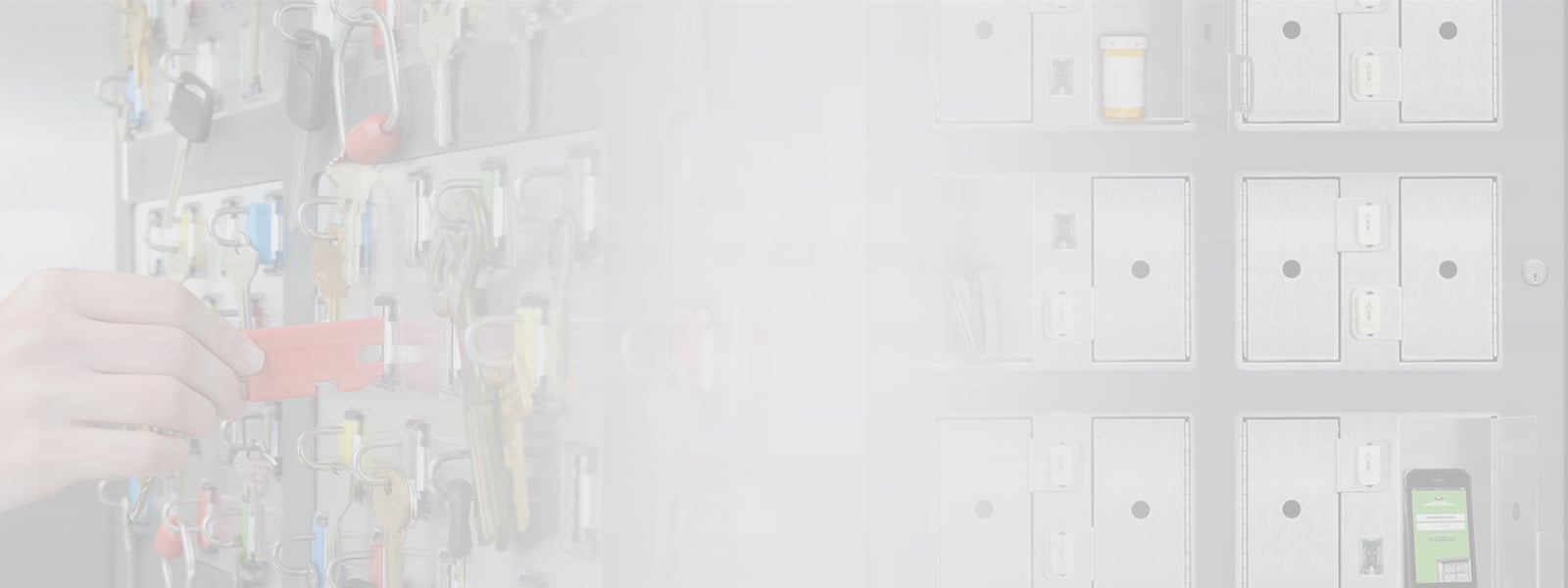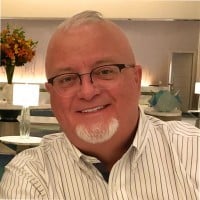For more than 50 years, Radio Frequency Identification (RFID) technology has been available for use in business and security applications. We’re all familiar with RFID tag systems in retail stores as a theft prevention device. However, its use has expanded to include widely diverse applications including embedding tags in a casino’s high value poker chips and tagging test equipment and tools used at a jet engine maintenance facility. RFID tags are also a reliable solution for asset control of high value items such as laptop computers or tablets that may contain proprietary information. Similar solutions can be used to help ensure the security of evidence obtained by law enforcement officers.
RFID systems comprise three parts: a scanning antenna, a transceiver with a decoder to interpret data and a transponder or tag that has been programmed with information. The RFID tag serves the same purpose as a bar code or magnetic strip on the back of a credit card in that it provides a unique identifier for that tagged object.
RFID tags can be either passive, active or battery-assisted passive. An active tag has an on-board battery and periodically transmits its ID signal. A battery-assisted passive (BAP) has a small battery on board and is activated when in the presence of an RFID reader. A passive tag is cheaper and smaller because it has no battery; instead, the tag uses the radio energy transmitted by the reader. Tags may either be read-only, having a factory-assigned serial number that is used as a key into a database, or may be read/write, where object-specific data can be written into the tag by the system user.
When it comes to securing and managing valuable items, RFID tagging is only part of the solution. Another critical component is storing, accessing and tracking the tagged items. Knowing where a valuable laptop is, who may have last accessed the laptop and when it was returned or by whom is crucial information in asset management.
This need is now being met by RFID asset management locker systems which use RFID technology to track assets placed in or removed from the lockers. Similar in concept to an automated key control and management system, RFID asset management locker systems use the integrated RF antenna rather than a key fob to automatically record all user access activity. Designed for optimum security, a locker will not open until the system verifies that the user has permission to access the contents of that specific locker. And because the system automatically records all activity, custom reports can be run and delivered automatically to management on a scheduled or as-needed basis.
Biometric identification, large, easy to read touch screens, voice cues, LED illumination and status bar guides help to ensure a fast and easy procedure when accessing or returning tagged items to the locker. Available in a variety of configurations and are scalable to meet growing needs, asset locker systems can typically read several different kinds of tags beyond the tags that come with the system. Multiple tagged items can be stored in the individual lockers making the system even more economical and efficient.
Security is an evolving market with a consistent need for high performance, cost-effective, unified solutions that help ensure a safe and secure environment and the protection of assets. Advanced RFID-based asset management locker systems address those needs with a full range of choices and capabilities for enhanced asset protection.



